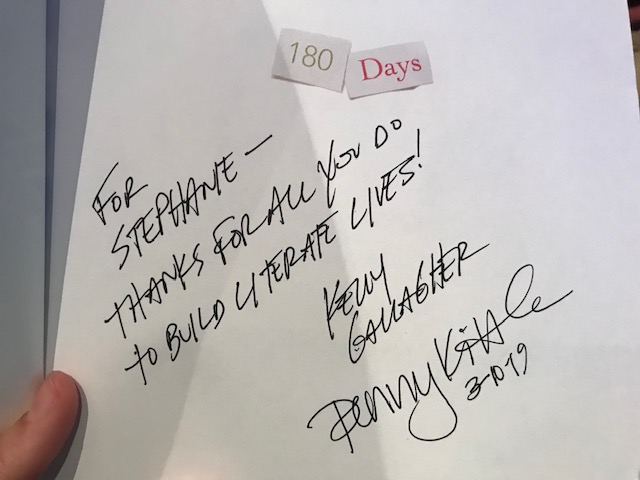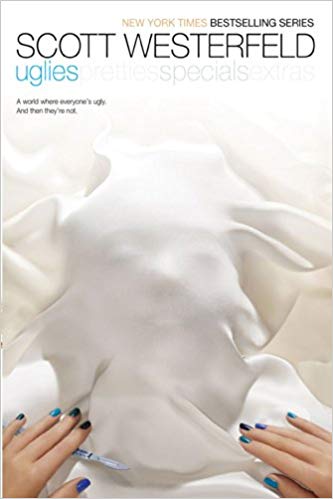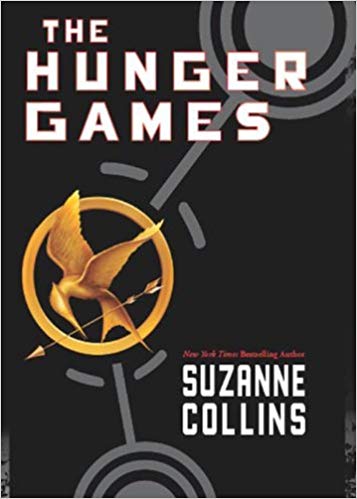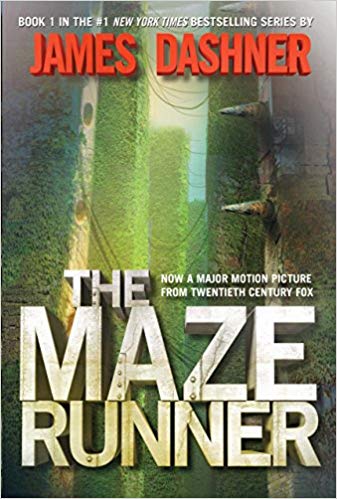Setting Up Dystopian Book Clubs in Middle School
My To-Do Checklist for Setting Up Book Clubs...Dystopian Style!
Whether you call these types of groups book clubs or literature circles, the idea of building a reading community in a classroom stems from the shared experience of reading. I love trying to weave in book clubs. After reading 180 DAYS: Two Teachers and the Quest to Engage and Empower Adolescents by Kelly Gallagher and Penny Kittle last summer, I became inspired to weave these types of book clubs into my teaching more and more throughout the year. It was after I saw them present at the Michigan Reading Association Conference in March 2019 that I knew I had to change up how I implement book clubs in my classroom this year.
In the past, we have read Uglies by Scott Westerfeld as a whole group novel. I loved this unit because we would focus in on propaganda, persuasive arguments (ethos, pathos, logos), and also talk about standards of beauty in American society. I also loved getting a chance to work the compare and contrast essay prompt in where I asked students: “Are we headed toward a dystopian future?” My kids loved this essay prompt. Another aspect of this unit is that students get a chance to design their own dystopian stories, thus weaving narrative storytelling back into their learning as well (We are approaching testing season after all). This next unit is simply fun. I dare say this is the type of project that involves the dreams of young English teachers everywhere.
What follows is a comprehensive checklist of the steps I take in designing this unit. The end of this unit will offer students the ability to analyze our society as compared to the dystopian worlds in a compare and contrast piece, and students will also have a chance to create their own world-ending stories.
Book Choices
For this round, I started with six young adult dystopian book club choices. I went through all six of the books and showed them online reviews, read the summary, and showed a book trailer from YouTube. Kids love book trailers from YouTube. I had them take notes on a sheet of paper regarding their thoughts about each book. We will use the same paper to focus in on the common story elements found in dystopian literature overall. This part always takes longer than what I anticipate each year because kids want to talk to their friends after each book comes out. It is reminiscent of being at the movies and seeing the previews come on the screen. It is almost mandatory to turn to your shoulder partner and say, “that one sucks” or “we need to read that one!” I have them submit responses in a Google Form where I can easily sort students into their top 1 or 2 choices. I always try to get their top 1 or 2 choices for students so they keep the invested interest in the group.
Story Elements/Direct Instruction
After the book choices, comes the direct instruction part of this project. Students in the sixth-grade often do not know what dystopian literature is or where it originates from in the literary world. I love this Prezi by Arik Dunfee. It is comprehensive and visually stunning. We go over together the definition of dystopian literature, common story elements, themes, and then how dystopian worlds are commonly formed.
Group Norms/Schedule
By now I have delayed long enough to make sure I have enough books and I have assigned people to their book club group. I like to mix up partners in each of these knowing that I will allow some free time for those to migrate more toward their friends as well. I post groups, give out books, and then the first meeting is to give time for two things: Make a group name and create a reading schedule. Again, these sound like simple tasks; however, i guarantee that the students in your room will appreciate your awesome page-breaking-down skills/pacing skills by the end of the hour. They always ask questions like, “how much should we read each night?” And I like to at them and ask them what they think. Note: This day is NOT for actual book discussion. It will take the whole block to make this schedule. The independence that emerges from this book project is rejuvenating.
I like to print a calendar out with page number lines filled in and the roles that they will have each day. If you are looking for another resources on the setting up of book clubs, check out Pernille Ripp’s new blog post on setting up middle school book clubs.
Group Roles
Many people call the different jobs in literature circles different things. Whatever they are, they allow students to change positions within the group and it avoids one or two people hogging all of this discussion time. I absolutely adore the teaching blog: Tales from a Very Busy Teacher. Her free download in her TeachersPayTeachers Shop is a literature circles printable.
The roles she gives in her printable are:
Discussion Director
Literary Luminary
Stellar Summarizer
Adventuring Artist
Word Wizard
I love these roles due to the variety. I have a designated leader, vocabulary instruction, someone finding the quotations, a summarizer (who comes in handy for that one student who didn’t get a chance to read), and the artist one is just fun. I think these roles are adapted more for elementary students, but they fit perfectly with sixth-grade book clubs as well.
Monitored Meeting Times
I have students meet in front of me during the week. I like to walk around with my clipboard to check off participation in the form of a hop-check, and then I collect the group packet given to me stapled together by the Discussion Director. I find that the grading during the book club time period is always quick and rather painless because the Discussion Director has recorded participation as well. We continue to do our warmups and independent reading, so they have about 30 minutes or so to meet with their group and answer the daily questions supplied by me and their group members.
Cross-Group Meetings
One of my new favorite aspects of this new book club format as compared to the whole class novel read is that I am going to have a cross-group book talk day. One student represented from each book will meet with the other books that are here. Because my students ended up largely choosing three books, we will have one representative from Uglies by Scott Westerfeld, one from The Maze Runner by James Dashner, and one from The Hunger Games by Suzanne Collins. The goal will be to students to share (without spoiling) common story elements, what makes these books dystopian literature, and common themes throughout the readings. They student will have to speak because they will be the only one who read the book, thus building in a level of accountability. I love this aspect of sharing because it will also break them apart from their original groups to share with others in the room.









